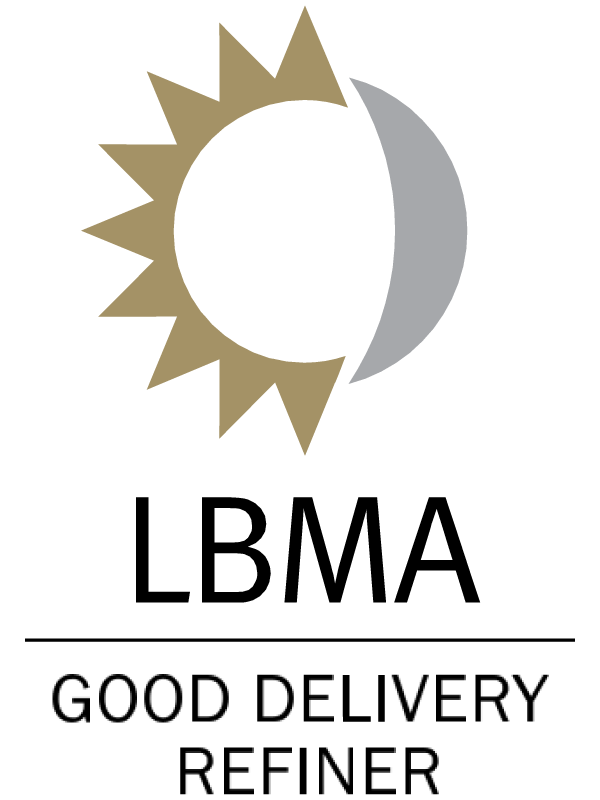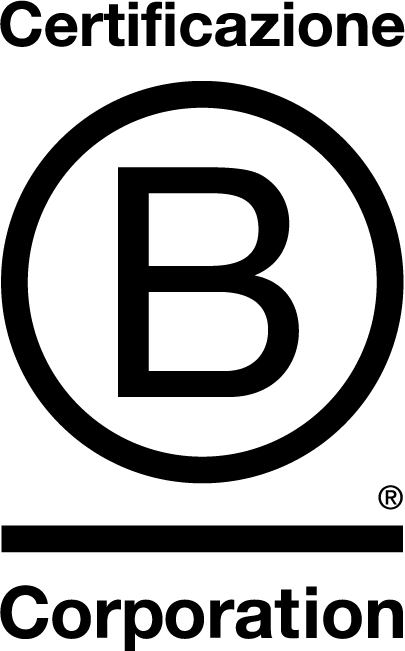News
Flash news
Oro torna a far sognare: toccati i 4.330 dollari l’oncia
Prezzi dell’oro in netta salita nelle contrattazioni odierne, dove ha raggiunto un massimo di sette settimane. La causa è un indebolimento genetico dei mercati azionari nel corso della notte, mentre il dollaro perde quota per la politica monetaria accomodante della Fed.
[Fonte: Kitco News]
Fed taglia tassi di un quarto di punto, oro poco mosso
La decisione della Fed di allentare la politica monetaria sostiene il prezzo dell’oro sopra i 4.200 dollari per oncia, ma l’annuncio di una pausa prima dei prossimi tagli ha mantenuto stabile il bene rifugio, che non registra particolari rialzi.
[Fonte: Corriere della Sera]
Argento vola oltre 61 dollari per oncia
L’argento scalza l’oro nelle negoziazioni odierne e guadagna l’1,21%, raggiungendo il record assoluto di 61,61 dollari per oncia. Meno ruggente il metallo giallo, che si corregge in attesa del taglio dei tassi di interesse e perde lo 0,06%, scivolando sotto i 4.200 dollari per oncia.
[Fonte: Milano Finanza]
Ultime news
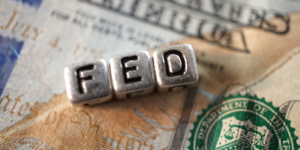
Dollaro debole e nuovo taglio Fed consolidano l’oro sopra $4.100 l’oncia

L’oro raggiunge nuovi picchi storici, poi corregge: cosa succede nel mercato e perché il ribasso è “salutare”

Italpreziosi partecipa alla Salmon Gold™ Capsule Collection di Mejuri con la raffinazione dell’oro rigenerato
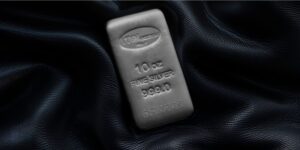
Argento ai massimi di 14 anni: consolidata posizione sopra $43,50
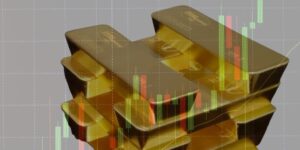
Oro ai massimi: nuove previsioni verso quota 4.000 dollari
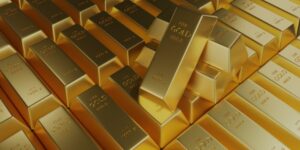
Oro digitale: il progetto rivoluzionario firmato World Gold Council

Riserve auree USA: cosa succederebbe se Trump rivalutasse il tesoro?


